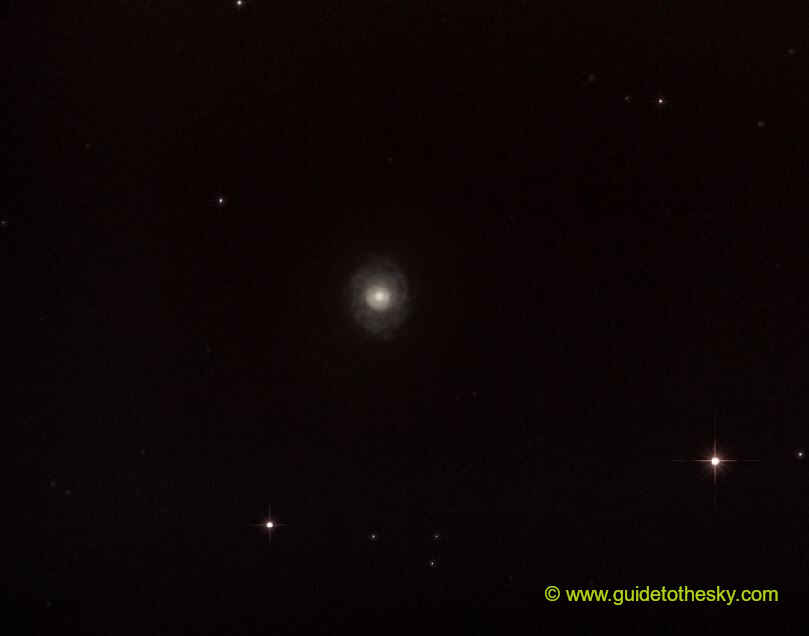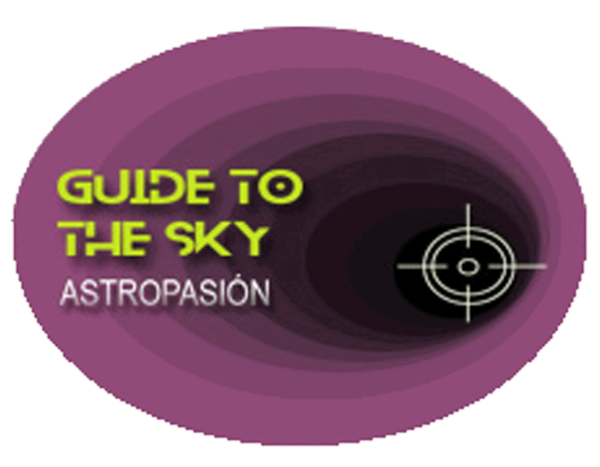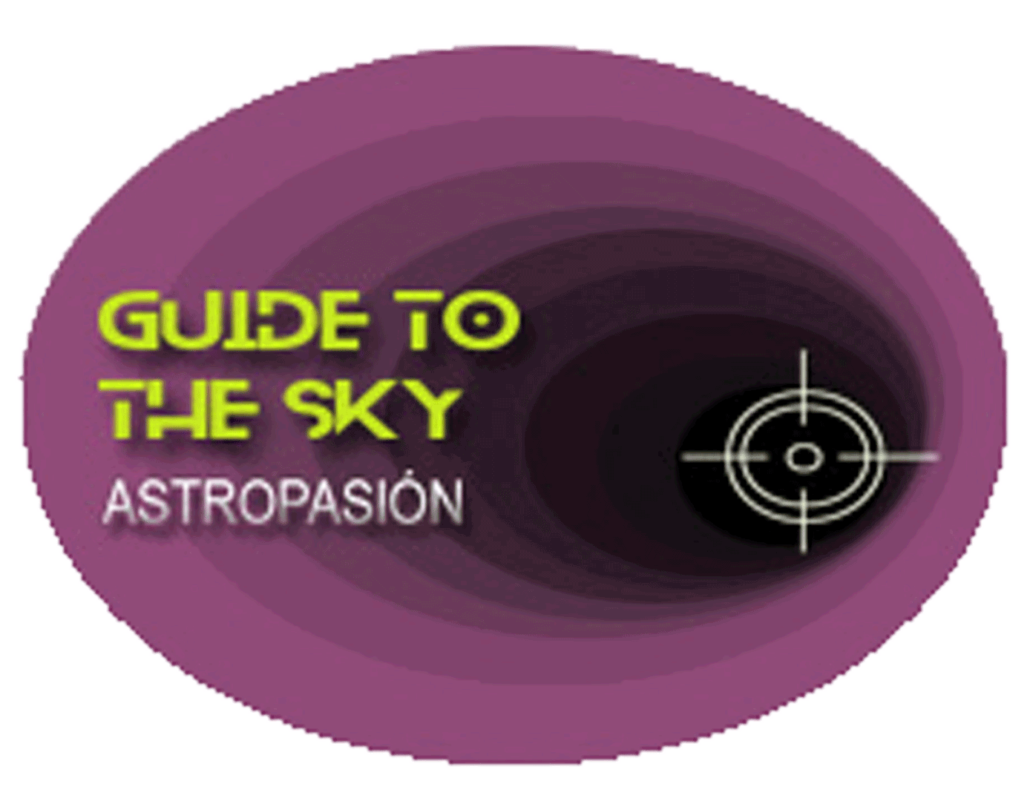Messier 94 - Canes Venatici

No es tan facil apreciar su estructura espiral de SA, en realidad es una SA (r)ab.
Según recientes estudios, M94 contiene dos anillos, uno exterior y otro interior, el exterior rodea a M94 a unos 5' de su centro, está formado por una estructura extensa de brazos espirales.
Otros estudios basados en el análisis la curva de rotación de M94, revelan un decaemiento rápido con la distancia de acuerdo con un modelo Kepleriano para la masa bariónica observada, lo que excluye para M94 un halo esférico formado por algún tipo de materia oscura.
.
Para finalizar, M94 es una galaxia de Seyfert (núcleo activo, es decir posee un agujero negro supermasivo con un disco de acreción entorno a él) a una distancia medida entre 4.3 y 5.1 Megaparsecs, o unos 15.5 millones de años luz, lo que la hace próxima comparada con las galaxias del Cúmulo virgo-Coma.
M94 - Galaxia del ojo de cocodrilo - en la IA
Messier 94 (M94), also known as the Cat's Eye Galaxy or Croc's Eye Galaxy, is a beautiful and relatively nearby spiral galaxy located in the constellation Canes Venatici. Here's a breakdown of what makes it so interesting:
Key Characteristics:
-
Type: Intermediate spiral galaxy (some classify it as an unbarred spiral). This means it's between a barred and unbarred spiral, with a very short bar or no bar at all.
-
Distance: Roughly 16 million light-years away.
-
Size: Approximately 50,000 light-years in diameter, about half the size of the Milky Way.
-
Brightness: Apparent magnitude of 8.2, making it visible through binoculars under dark skies.
-
Prominent Features:
- Bright Inner Ring: The most striking feature of M94 is its bright, star-forming inner ring. This ring is a region of intense star formation, fueled by gas and dust. This ring is where most of the star formation within the galaxy is occurring, and it's incredibly vibrant.
- Multiple Rings: M94 exhibits a complex system of rings, including the bright inner ring and fainter outer rings. The rings are thought to be caused by density waves propagating through the galaxy's disk.
- Relatively Small Bulge: Compared to some other spiral galaxies, M94 has a relatively small central bulge.
Interesting Facts and Scientific Significance:
- Star Formation Paradox: M94 is known for its unusual star formation activity. While the inner ring is bursting with new stars, the outer regions show relatively little star formation. This leads to questions about how the gas and dust are funneled into the inner region to fuel the starburst.
- Dark Matter Halo: Studies of M94 have revealed an extended dark matter halo. Dark matter is an invisible substance that makes up a significant portion of the galaxy's mass and influences its rotation.
- History: Discovered by Pierre Méchain in 1781, and included in Charles Messier's catalog.
- Active Galactic Nucleus (AGN) Candidate: There's some evidence suggesting that M94 might harbor a low-luminosity active galactic nucleus (AGN) at its center. However, this is not definitively confirmed.
Observing M94:
- Best Time to Observe: Spring months (April-May) are generally best, as Canes Venatici is high in the northern sky.
- Location: Find it near the constellation Canes Venatici, not far from Ursa Major (the Big Dipper).
- Equipment: Binoculars can reveal a faint, fuzzy patch of light. A small telescope (4-6 inches aperture) will start to show the bright core, and larger telescopes will reveal the inner ring and hints of the outer structures under good seeing conditions. Dark skies are essential.
In Summary:
Messier 94 is a fascinating spiral galaxy known for its prominent inner ring of star formation. Its unusual star formation patterns, complex ring structure, and dark matter halo make it a valuable target for astronomical research. If you have a telescope and dark skies, it's worth trying to spot this celestial gem!
Más información sobre Messier 94 en NASA/IPAC.
Mapa alrededor de Messier 94
Otros identificadores de M94:
"AG+41 1146" ,"BD+41 2333" ,"PPM 53213" ,"SAO 44350" ,"JCMTSE J125053.1+410708" ,"JCMTSF J125053.1+410708" ,"Gaia DR3 1527952521271039616" ,"1AXG J125055+4107" ,"IRAS 12485+4123" ,"IRAS F12485+4123" ,"LEDA 43495" ,"M 94" ,"MCG+07-26-058" ,"NGC 4736" ,"QDOT B1248318+412334" ,"RBS 1168" ,"UGC 7996" ,"UZC J125053.0+410715" ,"Z 217-1" ,"Z 216-34" ,"[LLJ2000] NGC 4736 X3" ,"[RW2000] NGC 4736 X-4" ,"[RWO99] NGC 4736 X9" ,"[VDD93] 173" ,"2MASX J12505314+4107125" ,"1RXS J125052.5+410713" ,"RGB J1250.9+4107" ,"RX J1250.8+4107" ,"Z 1248.5+4123" ,"[CHM2007] HDC 706 J125053.14+4107125","[CHM2007] LDC 867 J125053.14+4107125","[M98c] 124832.4+412328" ,"[VV2000c] J125052.7+410710" ,"[VV2003c] J125052.7+410710" ,"[VV2006c] J125052.7+410710" ,"[VV98c] J125053.2+410718" ,"[ZEH2003] RX J1250.8+4107 1" ,"PSCz Q12485+4123" ,"[VV2010c] J125052.7+410710" ,"2XMM J125053.0+410714" ,"B3 1248+413" ,"BWE 1248+4123" ,"GB6 B1248+4123" ,"NVSS J125053+410708" ,"WB 1248+4123" ,"87GB 124832.4+412354" ,"MY 124830.0+412333.5" ,"WN B1248.5+4123" ,"MY 124830.0+410714.9" ,"6C 124830+412321" ,"7C 124831.39+412324.00" ,"RGB J1250+411" ,"[CAB95] IRAS F12485+4123" ,"[NKB95] N4736" ,

